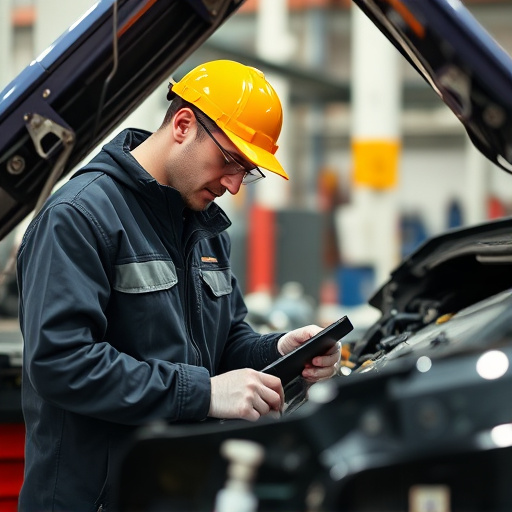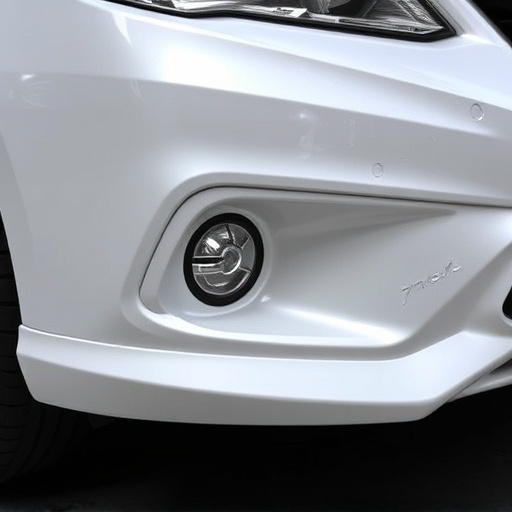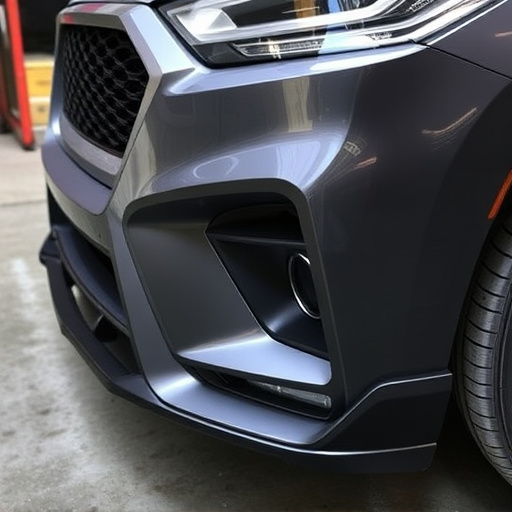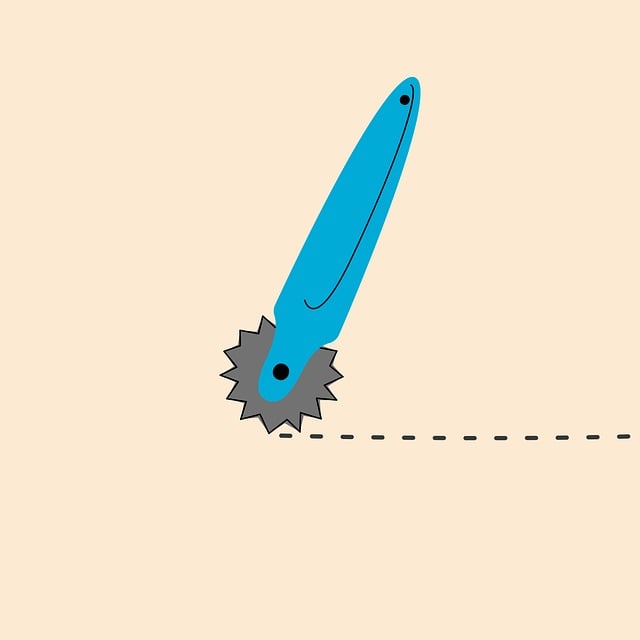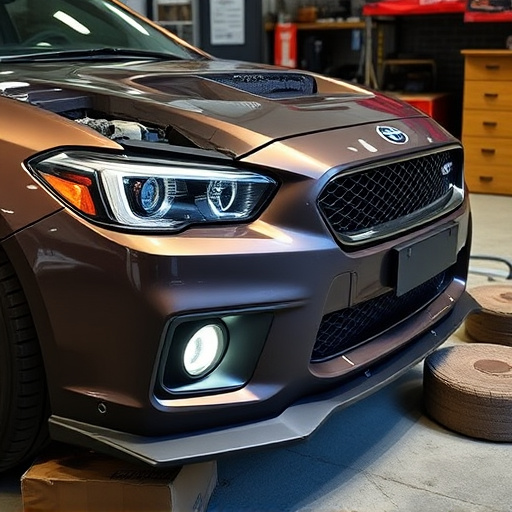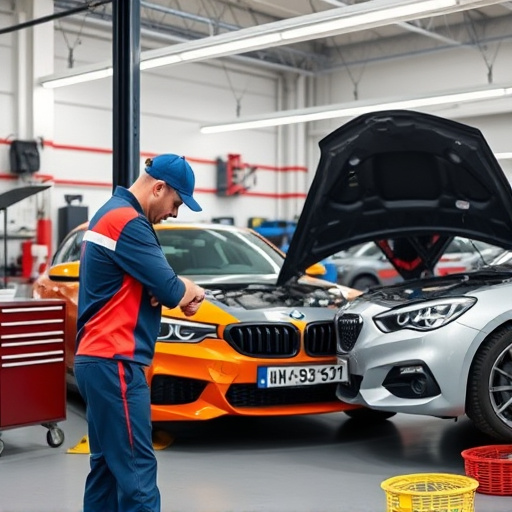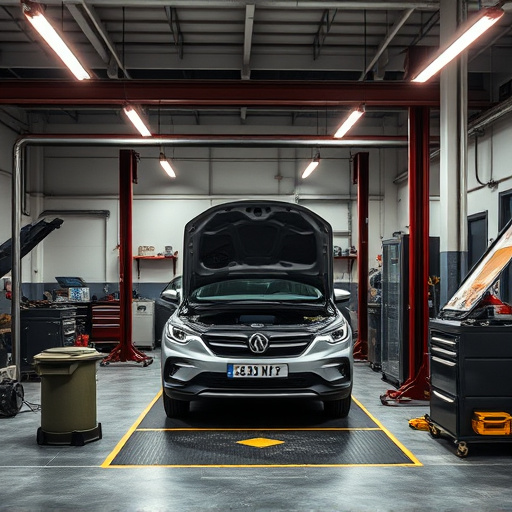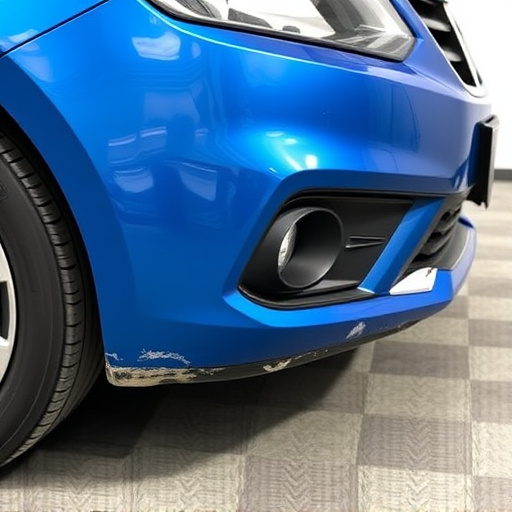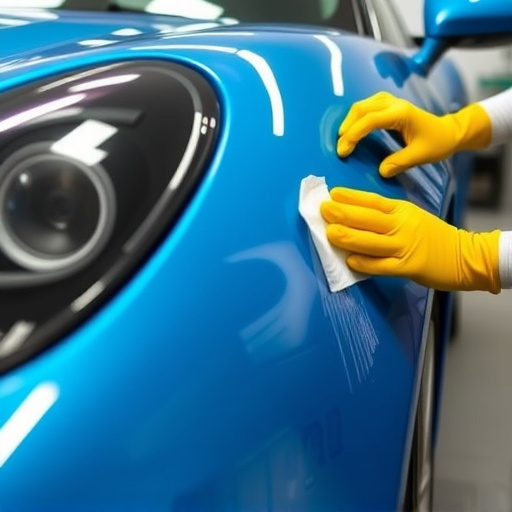Structural adhesive systems revolutionize industries by providing unparalleled strength and versatility in bonding diverse materials, from metals to plastics, enhancing construction efficiency and restoring vehicles to pre-accident condition. Understanding molecular bonding through chemical reactions is crucial for professionals. Inspecting these systems using techniques like UV light, ultrasound, and infrared thermography ensures their effectiveness and longevity in applications such as automotive repair. Following best practices including thorough surface preparation, using compatible adhesives, and controlling application environments maximizes their performance and longevity.
“Uncovering the strength behind your construction: A comprehensive guide to inspecting and testing structural adhesive systems. These systems play a pivotal role in modern construction, offering unparalleled bond strength and durability. This article delves into the intricacies of understanding and evaluating these systems’ effectiveness.
From recognizing the significance of regular inspections to exploring diverse testing methods and adopting best practices, we equip professionals with tools to ensure optimal adhesion and longevity. Uncover the secrets to reliable structural adhesive systems.”
- Understanding Structural Adhesive Systems and Their Role in Construction
- Inspection and Testing Methods for Assessing Performance
- Best Practices for Ensuring Effective Adhesion and Longevity
Understanding Structural Adhesive Systems and Their Role in Construction
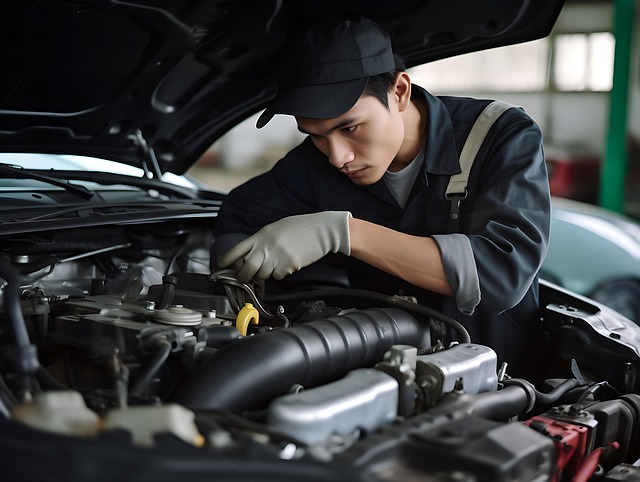
Structural adhesive systems play a pivotal role in modern construction practices, offering unparalleled strength and durability when compared to traditional fastening methods. These advanced systems are designed to bond various materials, including metals, composites, and plastics, creating robust connections that can withstand extreme forces. In the realm of collision repair services and vehicle repair, structural adhesives have become indispensable. Auto body shops leverage these innovative solutions to restore vehicles to their pre-accident condition, ensuring not just aesthetic perfection but also structural integrity.
Understanding how these systems function is crucial for professionals in the construction and automotive industries alike. Structural adhesive systems work by creating a molecular bond between two surfaces, often involving chemical reactions that strengthen the connection over time. This process replaces the need for mechanical fasteners, reducing weight, simplifying assembly, and enhancing overall performance. By employing structural adhesives, builders and repair technicians can achieve seamless integration of components, leading to more efficient, cost-effective, and reliable outcomes in both construction projects and vehicle repairs.
Inspection and Testing Methods for Assessing Performance
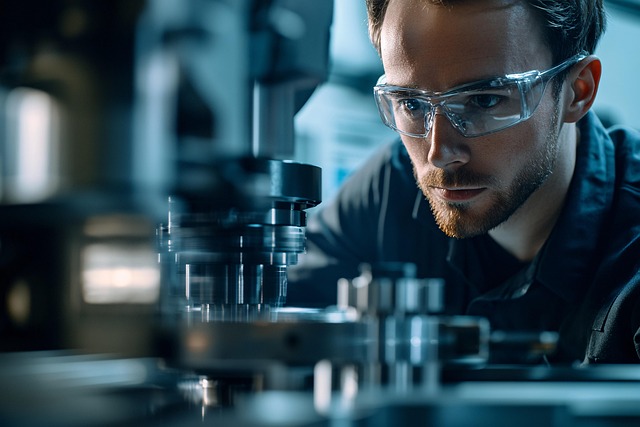
Inspecting and testing structural adhesive systems is a critical step in ensuring their effectiveness and longevity, especially in applications like automotive repair and vehicle body repair. The process involves a combination of visual examination and advanced diagnostic tools to uncover any potential weaknesses or failures. One common method is the use of ultraviolet (UV) light, which can reveal bonding issues that may not be apparent to the naked eye. This technique is particularly useful for auto glass repair, where precise alignment and strong adhesions are paramount.
Additionally, non-destructive testing (NDT) methods such as ultrasound and infrared thermography offer non-invasive ways to assess the integrity of adhesive bonds. These technologies enable technicians to identify delaminations, air pockets, or other defects without damaging the structure. In automotive repair, NDT is invaluable for maintaining structural safety and precision, ensuring that every component, from body panels to interior parts, is securely bonded.
Best Practices for Ensuring Effective Adhesion and Longevity

To ensure the effectiveness and longevity of structural adhesive systems, several best practices should be implemented throughout the application process. First and foremost, proper surface preparation is paramount. Surfaces must be clean, dry, and free from contaminants to achieve maximum adhesion. This involves removing any debris, grease, or previous adhesive residue through cleaning solutions, sandblasting, or mechanical stripping, depending on the material and condition.
Additionally, using compatible adhesives tailored to the specific materials being bonded is crucial for long-lasting results. Different substrates require unique adhesive properties, so consulting with a specialist in car repair services, collision repair services, or auto body painting can help select the appropriate adhesive system. Furthermore, maintaining a controlled environment during application minimizes moisture and temperature variations that could negatively impact adhesion, ensuring optimal curing conditions for robust bonding.
Structural adhesive systems play a pivotal role in modern construction, enhancing structural integrity and durability. Effective inspection and testing are paramount to ensuring these systems perform optimally and last for years to come. By employing advanced methods and adhering to best practices, professionals can guarantee the effectiveness of adhesives, thereby fostering safer and more reliable built environments.
